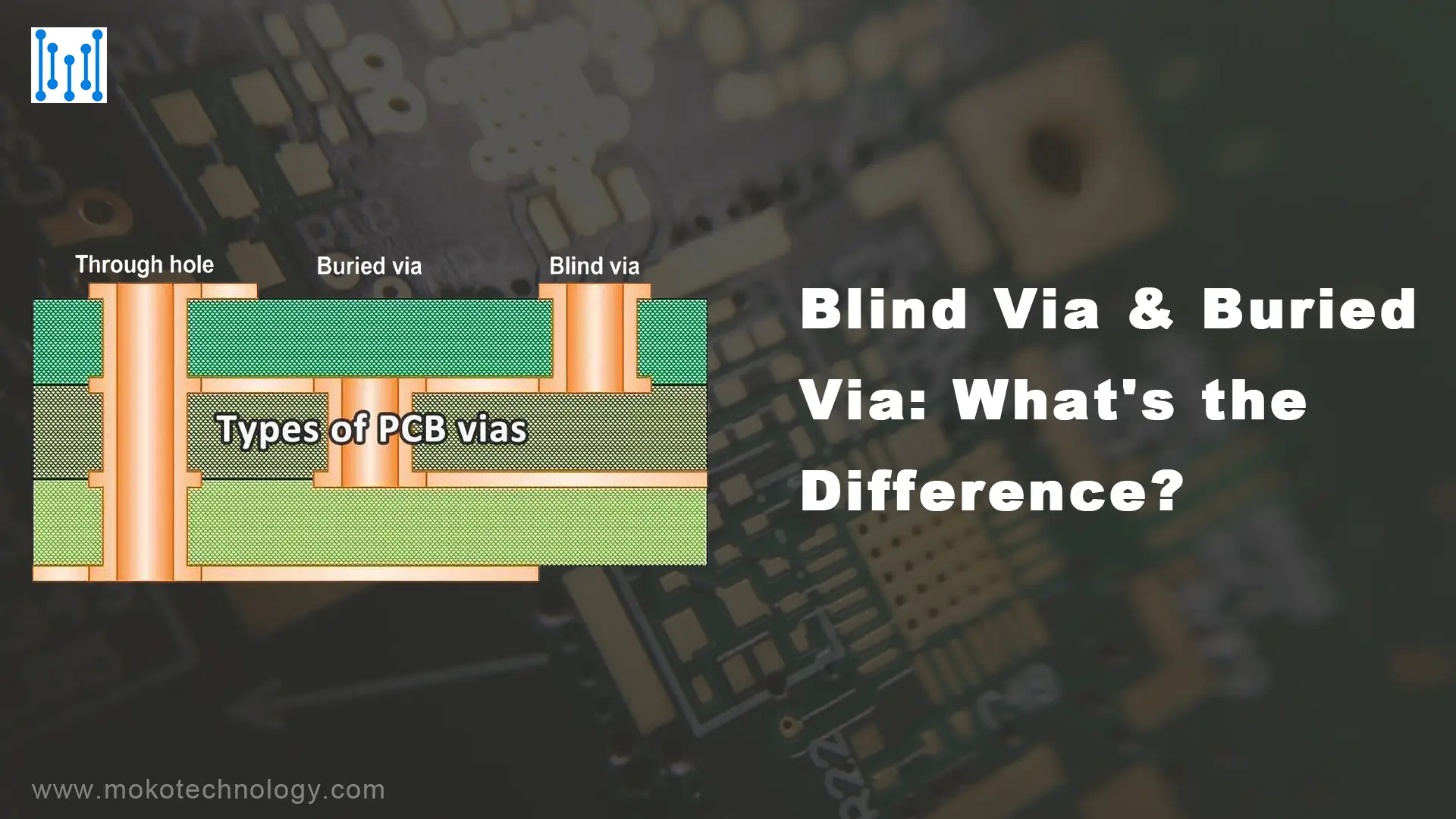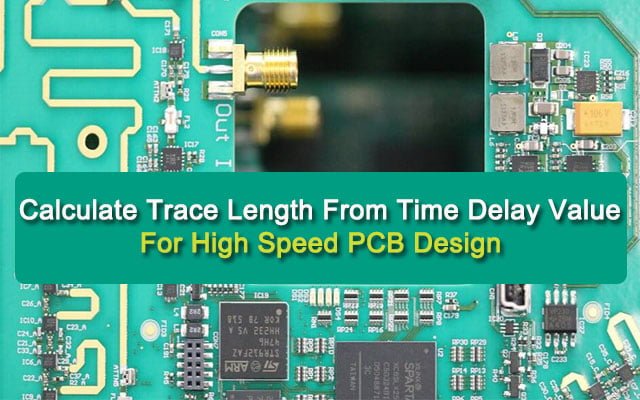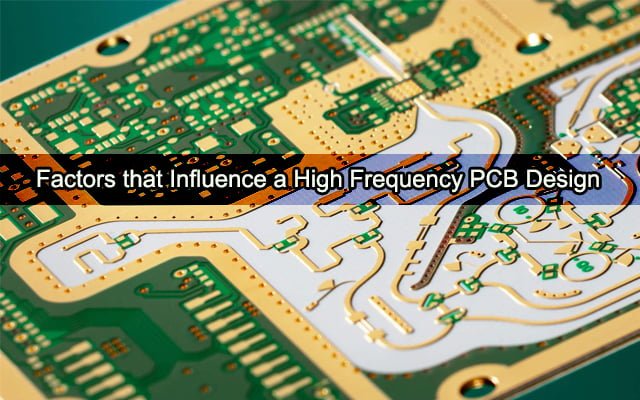Two-layer is cheaper, while the four layers will cost more. Because
- There are twice as many layers to etchand then laminate.
- It will take almost twice as much work, steps and materials to fabricate.
- It will also take two assembly passes for pick and place instead of one.
- Anything manually placed through hole will also take one more pass for the second size.
Only drilling and 2 silkscreen and 2 solder resist will remain the same.
Compared to four layers, double sided
- will allow a significant gain in component density.
| Primary side | taller stuff, large scale ICs and connectors |
| Secondary side | low profile passives (chip resistors & capacitors) and perhaps low profile ICs and diodes, signal transistors |
- That will allow a smaller PCA footprint, so the PCA costs are saved in enclosure and overall size. Thus, the user-friendly weight of PCB will suit portable equipment.
Read More: Comprehensive Guide to Multilayer PCB Design
#PCB Design



